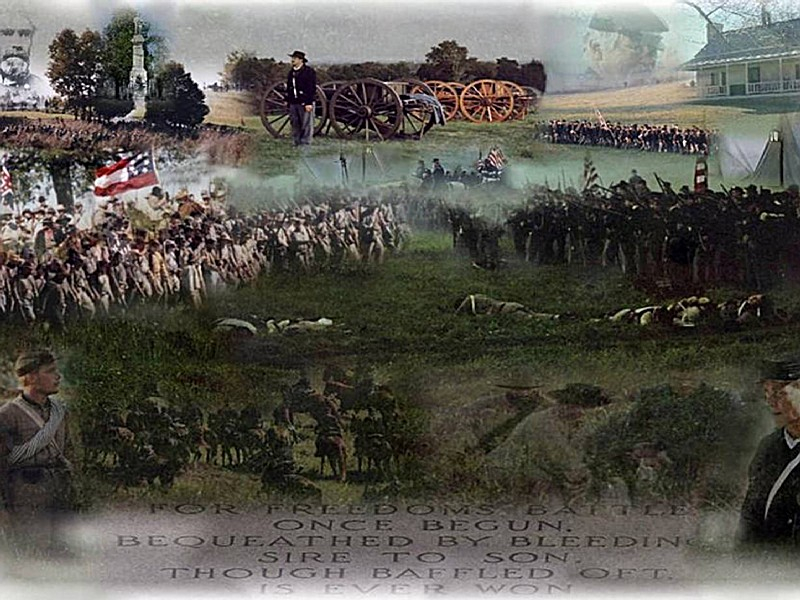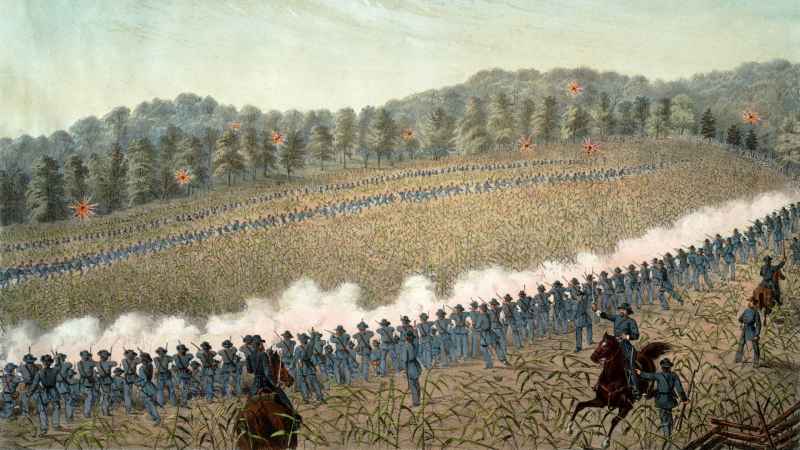The Battle of Perryville has been called the Confederacy's High Water mark
It is a fact that the Battle of Perryville has been called the Confederacy's "High Water mark". On October 8, 1862, Confederate forces under the command of General Braxton Bragg unintentionally engaged with Union troops under the command of General Don Carlos Buell, resulting in the greatest and bloodiest action of the war to take place on Kentucky land.
When the Federals were in a solid defensive position, with heavy artillery support and a stone wall at the top of a steep slope. Maney's and Stewart's men tried three unsuccessful attacks before withdrawing to the vicinity of the Open Knob around 5:30 p.m. The three-hour attack by Maney's brigade was the deadliest and, possibly, most critical action of the conflict. Maney's decisive defeat, according to historian Kenneth W. Noe, was the high-water mark of the Confederacy in the western theater, no less crucial than the Angle at Gettysburg.
The Battle of Perryville or Chaplin Hills has been termed the Confederacy's high watermark in the Western Theater of the war, but the Union Army's tactical success altered the tide of the Confederacy's fortunes in the West for the rest of the war. Not only did occasional fighting spill into Perryville's streets, but the battle's aftermath transformed the village's churches, residences, and other structures into temporary hospitals for wounded Blue and Gray soldiers.








